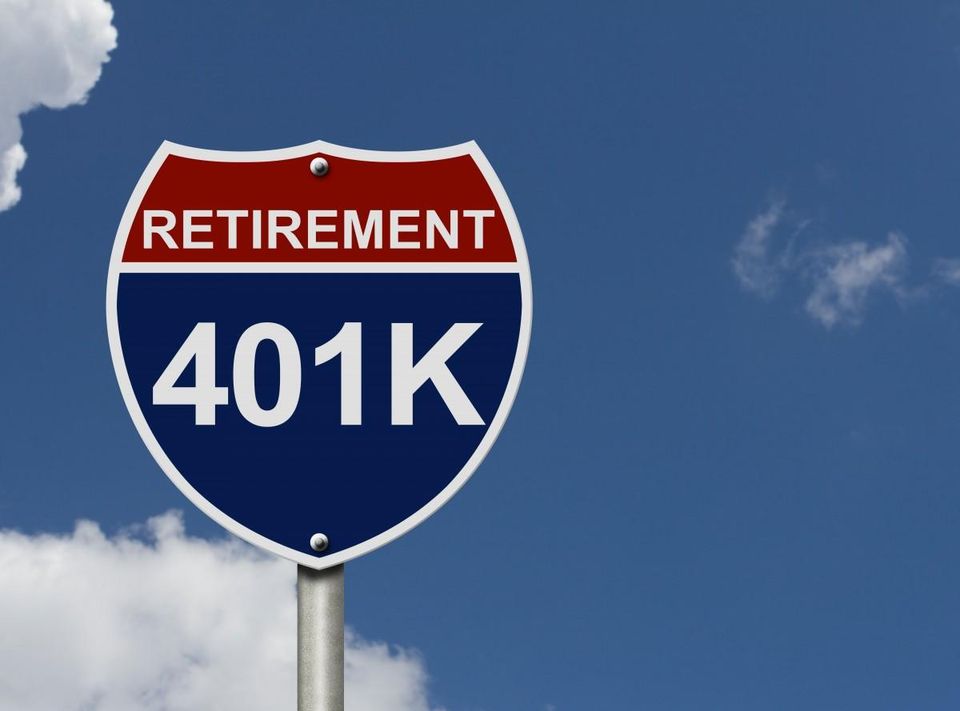Many Americans hold multiple retirement accounts — and there are many reasons why they should consider combining those nest eggs instead of letting them gather dust.
Around 25 million Americans left behind money in a 401(k) account when separating from an old job, according to the Government Accountability Office, which analyzed 10 years’ worth of data from the 2004 to 2014 period. Millions left behind money in two or more accounts.
That represents about 37% of the roughly 68 million workers actively saving in a 401(k)-type plan through their workplace, according to figures from the Labor Department.
The relatively high incidence of stranded 401(k) funds is understandable, given that workers over age 25 only stay at the same job for around five years, according to the Bureau of Labor Statistics.
As more employers automatically enroll workers into 401(k) plans — perhaps without employees even being aware or paying much attention — chances are a greater share of workers will forget about their accounts and leave them behind.
Workers who leave a job and fail to update any new contact information, such as an address and e-mail, with a former employer would likely not receive communications about the retirement plan.
Plus, current law allows businesses to move small, old accounts out of their 401(k) plan — increasing the chances savers will lose track of their money. Employers can roll accounts with balances less than $5,000 into an individual retirement account on behalf of a former employee, if that individual doesn’t respond to a notice and move the money voluntarily.
They can also cash out balances less than $1,000 and send a check. (Balances above $5,000 are safe.)
“Those accounts can definitely pile up, because we’re such a nation of job hoppers,” said Christine Benz, the director of personal finance at research firm Morningstar. “People can end up with smaller IRAs and old 401(k)s and so forth.”
Yet, savers should be diligent about combining their accounts. More often than not, merging 401(k) plan accounts or IRAs makes sense both for financial and behavioral reasons, according to retirement experts.
“From a consumer perspective, the default should be 100% of the time to move your money [when changing jobs],” said Spencer Williams, president and CEO of Retirement Clearinghouse, which connects savers with old retirement accounts.
One of the main benefits of merging retirement savings into one stockpile — or, as few accounts as possible — is behavioral: It reduces an investor’s oversight obligations.
Take, for example, the act of rebalancing an investment portfolio, an exercise financial advisers typically recommend doing at least annually. With multiple stashes of retirement money, investors would have to tally up positions across all those accounts and then adjust each for an optimal allocation to stocks, bonds, etc.
The mandatory withdrawals investors have to take from retirement accounts after age 72 is also much simpler with one nest egg.
The rules around these withdrawals, called required minimum distributions, are different for 401(k) plans and IRAs. Investors must pull money from each 401(k) they own; with traditional, pre-tax IRAs, they must add up all balances and can then take money from one or all accounts. Messing up could be costly in the form of tax penalties.
“The more accounts, the more choices, and it’s cognitively more difficult for human beings to deal with,” said John Scott, director of retirement savings at The Pew Charitable Trusts. “I think that’s really the basic issue.”
Aggregating money into a larger stash also builds a psychological barrier against cashing out and sabotaging one’s retirement savings. Savers with balances less than $1,000 cash out that money between 60% and 84% of the time, according to a study conducted by Northern Trust.
Investors younger than age 59½ must pay a 10% early-withdrawal penalty, in addition to income tax, on those funds. By comparison, those with a $10,000 balance remain in their 401(k) plan 97% of the time.
Having a larger 401(k) balance also means workers can take out a bigger loan or hardship withdrawal in the event of an emergency. And savers may be able to access lower-cost IRA investments if they hold a larger war chest in a single account.
Investors who want to move an old 401(k) account would have to choose between an IRA or a new employer’s plan. There are drawbacks and benefits to each, yet the new 401(k) is often the optimal choice if has a range of good, low-cost investments, according to financial experts.
A plan that has several equity funds with expense ratios above 1% should serve as a red flag that it’s a high-cost 401(k), Benz said. Employers also typically make more financial-planning-type services available to 401(k) savers, whereas those in an IRA likely don’t have easy, cheap access to similar services, Scott said.
However, IRAs have many more investment options, and some employers don’t allow roll-ins from outside 401(k) plans.
“It’s really going to be a balancing of what your needs are and what your wants are,” Scott said.

